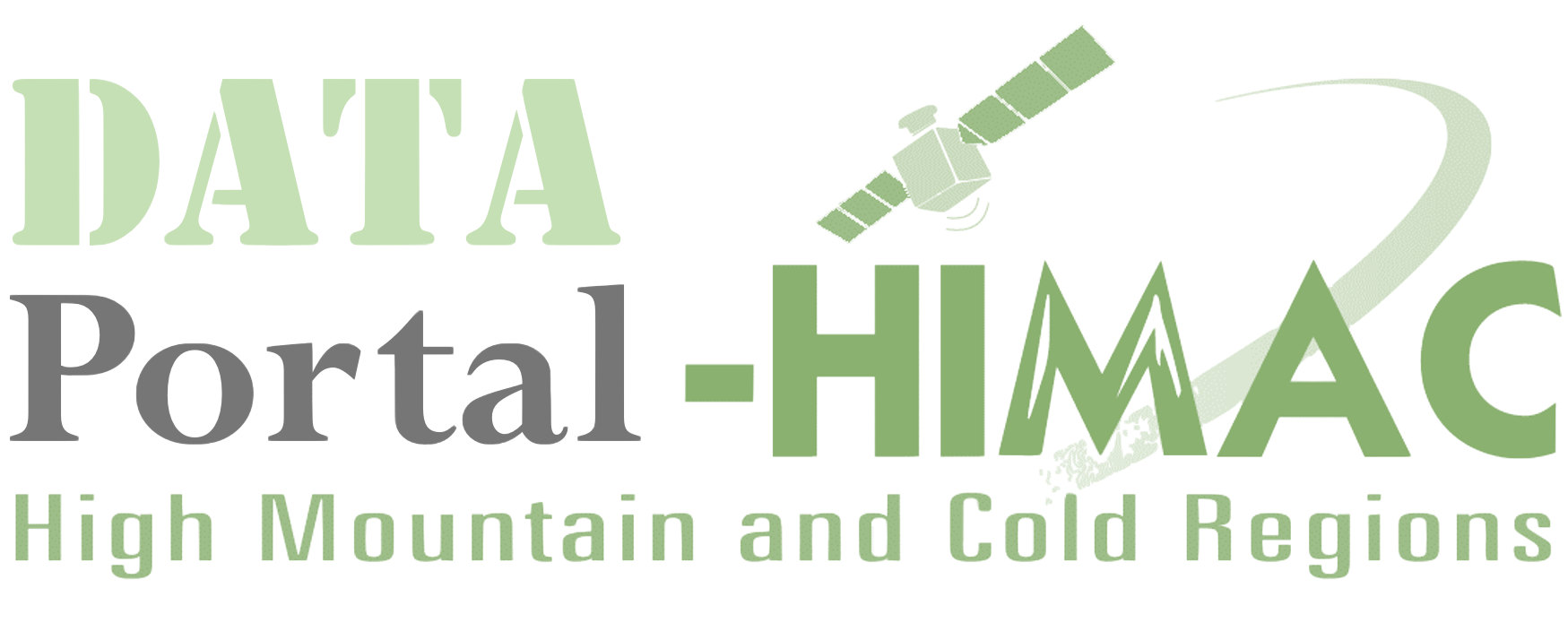-
Arctic sea ice drifting buoy(2018.01-2018.09)
Starting points: 76.998, 179.130 End point: 81.771, 168.588 Roughly covered sea: the East Siberian Sea Buoy number: 300234062559750 -
Arctic sea ice drifting buoy(2018.02-2018.08)
Starting points: 72.119, -139.730 End points: 73.332, -169.653 Roughly covered sea: Beaufort Sea Buoy number: 300234065164080 -
Arctic sea ice drifting buoy(2019.1-2019.12)
Buoy number: 300234066036110 Starting point: 74.425, -137.130 End: 75.481, -170.394 Approximate sea coverage: Beaufort Sea -
Arctic sea ice drifting buoy(2019.01-2019.08)
Buoy number: 300234065494020 Starting point: 74.774, -148.631 End point: 73.015, -137.530 Approximate sea coverage: Beaufort Sea -
Arctic sea ice drifting buoy(2019.01-2019.12)
Buoy number: 300234062880820 Starting point: 78.320, -167.886 End point: 83.562, -151.835 Approximate sea coverage: the central region of the Arctic -
Arctic sea ice drifting buoy(2020.01-2020.04)
Buoy number: 174640 Starting points: 79.743, 65.388 End: 76.380, 56.401 Approximate sea coverage: Barents Sea -
Arctic sea ice drifting buoy(2020.09-2020.11)
Buoy number: 300534060210350 Starting point: 78.880, -158.499 End point: 81.387, -158.309 Approximate sea coverage: Beaufort Sea -
A dataset of glacier mass balance of Hailuogou catchment in Mount Gongga, sou...
Glacier mass balance is among the clearest natural indicators of ongoing climate change and is important for the assessment of water resources and sea-level rise. However, few... -
Ice Phenology Dataset of 753 Lakes in the Northern Hemisphere
Lake-ice phenology (LIP) is an essential indicator of climate change and helps to understand regional characteristics of the climate change impact. Ground observation records... -
MODIS daily cloud-free snow cover products over Tibetan Plateau
Snow cover over Tibetan Plateau plays an important role in regional water andenergy circulation. Snow ablation also affects downstream rivers. Snow parameters and their longterm... -
Annual 30-meter Dataset for Glacial Lakes in High Mountain Asia from 2008 to ...
Climate change is intensifying glacier melting and lake development in High Mountain Asia (HMA), which could increase glacial lake outburst flood hazards and impact water... -
IODP Bremen Core Repository
The Bremen Core Repository - BCR, for International Ocean Discovery Program (IODP), Integrated Ocean Drilling Program (IODP), Ocean Drilling Program (ODP), and Deep Sea... -
Constructing dataset of classified drainage areas based on surface water-supp...
The High Mountain Asia (HMA) region is a geographical unit, holds the largest reservoir of glaciers and snow outside Earth poles. Four datasets were thus obtained: Glacier- and... -
The CEDA Archive
The CEDA Archive accepts data relevant to Atmospheric Sciences and Earth ObservatiThe CEDA Archive operates the atmospheric and earth observation data centre functions on behalf... -
Passive microwave remote sensing data of snow water equivalent in High Asia
High Asia is a high-altitude region in Asia dominated by the Qinghai-Tibet Plateau. It is an important distribution area for snow in the middle and low latitudes. The dynamic... -
A dataset of glacier distribution and glacier changes in the Kangri Karpo Mou...
Located in southeastern Tibetan Plateau, the Kangri Karpo Mountains extents about 280 km from north-west to south-east, south of Bomê County and neighboring Motuo, Zayü and Basu... -
A dataset of microwave brightness temperature and freeze-thaw for medium-to-l...
High Asia is a region dotted with lakes, sensitive to changes that are occurring in the mid-latitudes of the northern hemisphere. It is thus a focus for researchers. Due to... -
Data Center for Aurora in NIPR
PEDSC is responsible for data archiving and dissemination of all-sky camera observations, visual observations, other optical observations (such as TV and photometric... -
AnneBF/snownet: snownet_v1.1
As part of the preparation for the CIMR mission, we explore a new approach to retrieve snow depth on sea ice from multi-frequency satellite microwave radiometer measurements... -
ERMA with EPPR Arctic Oil Spill response Database
EPPR was established in 1991 and has been working since to enhance cooperation, information sharing, data collection and addressing gaps in the field of Arctic emergencies....
